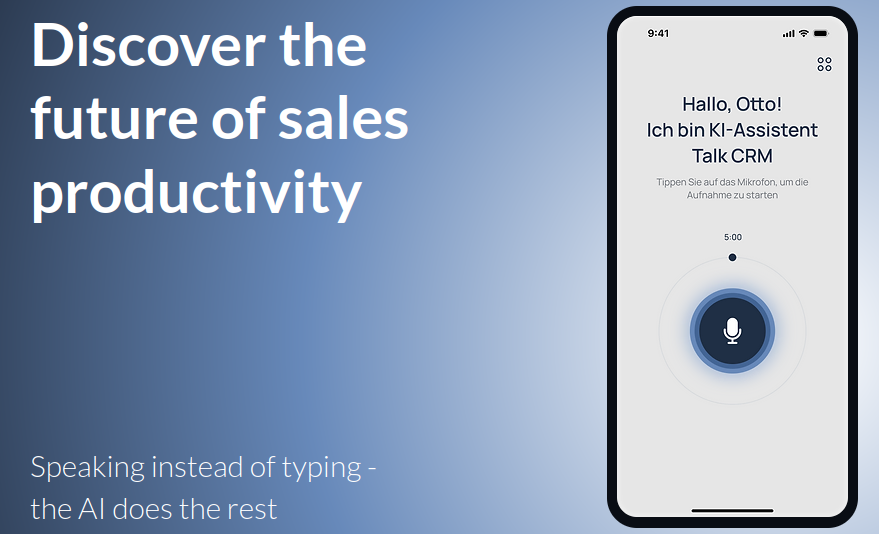Balancing AI with empathy: the human touch in leadership

In a world where AI is becoming a key player in decision-making, one thing remains irreplaceable—your empathy. As a leader, your ability to understand, connect, and relate to your team is what sets you apart. No matter how advanced AI becomes, it can't replicate the human touch that builds trust, loyalty, and engagement within your organization.
In this post, you'll learn how to balance AI's analytical power with the need for human connection. We’ll explore scenarios where empathy is crucial and show you how to use AI as a tool to support—not replace—your emotional intelligence in leadership.
Why empathy matters more than ever in the age of AI
You might be wondering, why focus on empathy when AI can analyze behavior, predict trends, and even simulate emotional responses? The truth is, empathy is more than just reacting to data. It's about genuinely understanding your team’s thoughts, motivations, and feelings—something that only you, as a human, can truly do.
Empathy in leadership means putting yourself in someone else's shoes, seeing the situation from their perspective, and acknowledging their emotions. It’s about knowing that most people don't make mistakes or bad decisions on purpose; there is always a reason behind their actions. As a leader, showing empathy is key to building a supportive environment where your team feels valued and understood.
Using AI to enhance your empathetic leadership
While AI can’t feel emotions, it can help you approach conversations more thoughtfully. Think of AI as your assistant in preparing for difficult conversations. It can guide you on the best way to structure your discussion, suggest topics to focus on, and remind you to ask open-ended questions that keep the conversation constructive.
For example, when you’re facing a tough discussion with a team member about their performance, AI can provide data on their recent activities, achievements, and areas of improvement. This information can help you go into the conversation with a balanced view, ready to acknowledge their efforts while also addressing the challenges they need to overcome. However, the empathy with which you deliver this feedback—your tone, your understanding, your support—is what will truly make a difference.
Balancing AI insights with human intuition
One of the strengths of AI is its ability to analyze vast amounts of data quickly. It can highlight patterns and trends that might not be immediately obvious to you. But here's where you come in—your human intuition and experience allow you to interpret that data in a way that resonates with your team.
For instance, AI might suggest a logical course of action based on data, but if you know that a team member is struggling with burnout or personal issues, you might choose a different approach. Your intuition helps you understand that what's best for your people isn’t always dictated by data alone. This blend of AI's analytical power and your empathetic leadership is what creates a well-rounded decision-making process.
Scenarios where empathy is crucial in leadership
- Navigating conflicts: When conflicts arise within your team, AI can provide you with information about the situation, possible resolutions, and even predict outcomes based on similar scenarios. But it’s your empathy that helps you listen to each person involved, understand their perspectives, and guide them towards a resolution that feels fair and supportive.
- Delivering tough feedback: AI can help you organize your thoughts and suggest a structured way to deliver feedback. However, delivering feedback in a way that shows you care about the person's growth and well-being is what makes it constructive rather than discouraging.
- Motivating your team: AI can analyze data to suggest ways to boost team productivity, but only you can sense when your team needs encouragement, recognition, or just a listening ear. Motivation isn’t just about targets and deadlines; it’s about making your team feel appreciated and valued.

How to lead with empathy in an AI-driven world
Here are some practical steps you can take to ensure that empathy remains at the heart of your leadership style, even as you integrate AI into your processes:
- Listen actively: AI can’t truly listen, but you can. Make it a habit to listen actively to your team members, showing that you value their thoughts and feelings. This builds trust and encourages open communication.
- Personalize your interactions: Use AI to gather relevant data that can help you understand each team member's unique needs and preferences. Then, personalize your interactions based on that knowledge, making your team feel recognized as individuals, not just numbers.
- Stay adaptable: AI might suggest one-size-fits-all solutions, but you know that each situation and person is different. Be ready to adapt your approach based on the emotional cues and feedback you get from your team.
- Acknowledge emotions: In high-stress situations, AI can give you facts and figures, but it’s your role to acknowledge the emotions involved. Recognize when your team is feeling stressed, anxious, or overwhelmed, and offer support and empathy.
Looking ahead: how AI and empathy will shape future leadership
As AI continues to integrate into leadership, the demand for empathy and emotional intelligence will only grow. Leaders who can balance data-driven insights with genuine human connection will be the ones who inspire their teams, build strong relationships, and drive long-term success.
Continue reading, and you’ll discover how you can empower your team to use AI in their own roles while maintaining a focus on creativity and personal growth. In our next post, we’ll explore how your colleagues can leverage AI to boost productivity and innovation without losing their unique touch.
Empathy is the cornerstone of great leadership, and even in a world dominated by technology, it’s what will set you apart. Let AI guide your decisions, but let empathy lead the way.